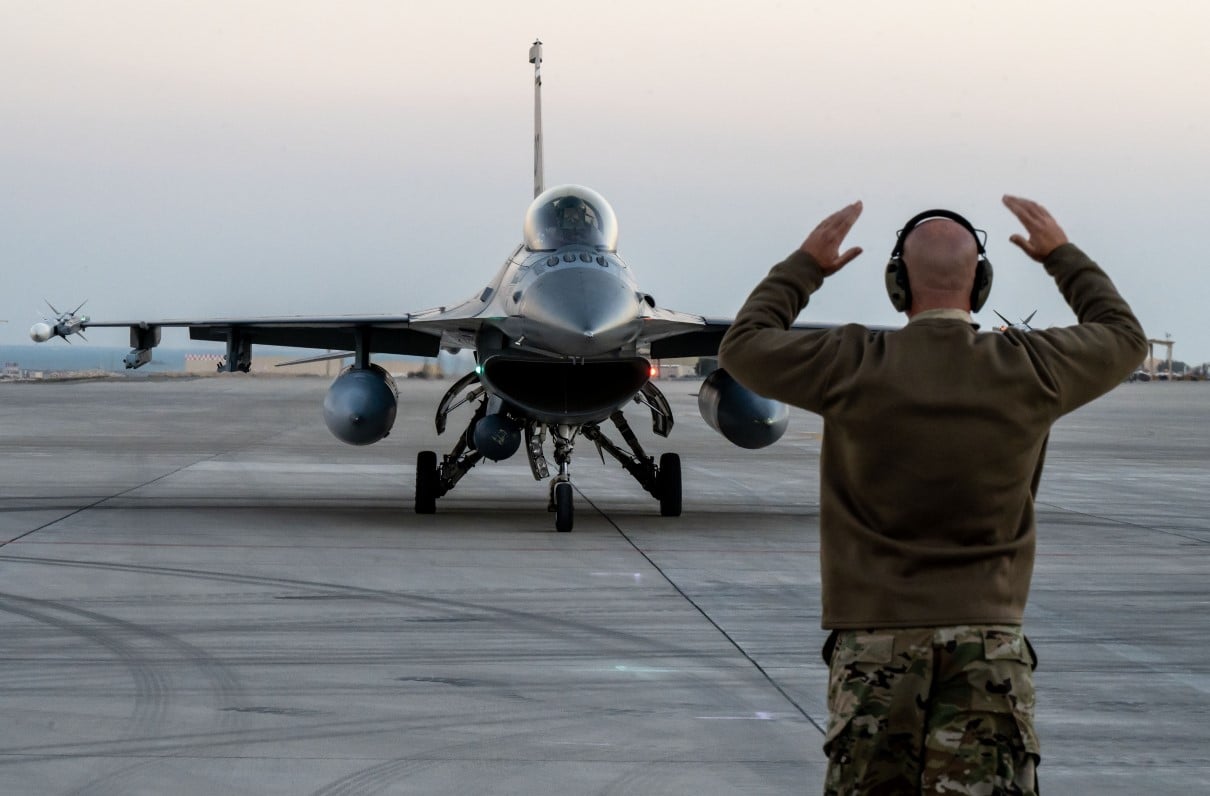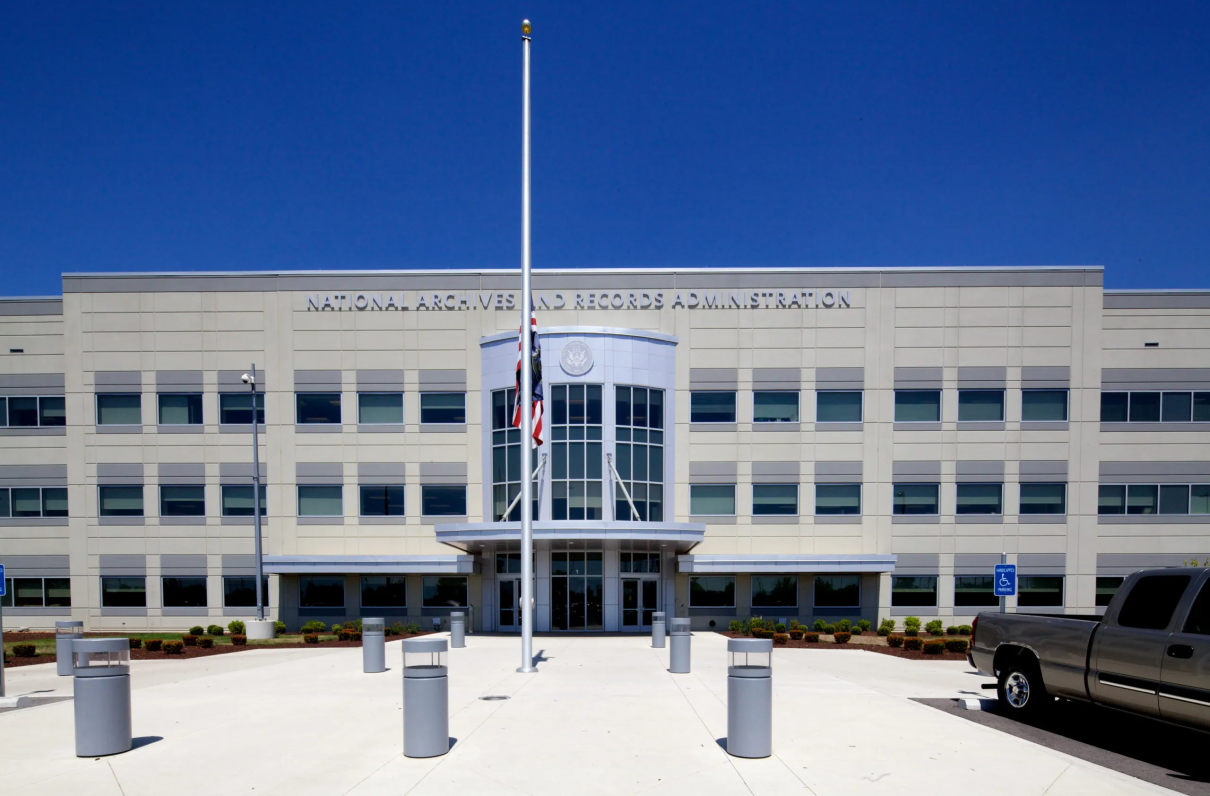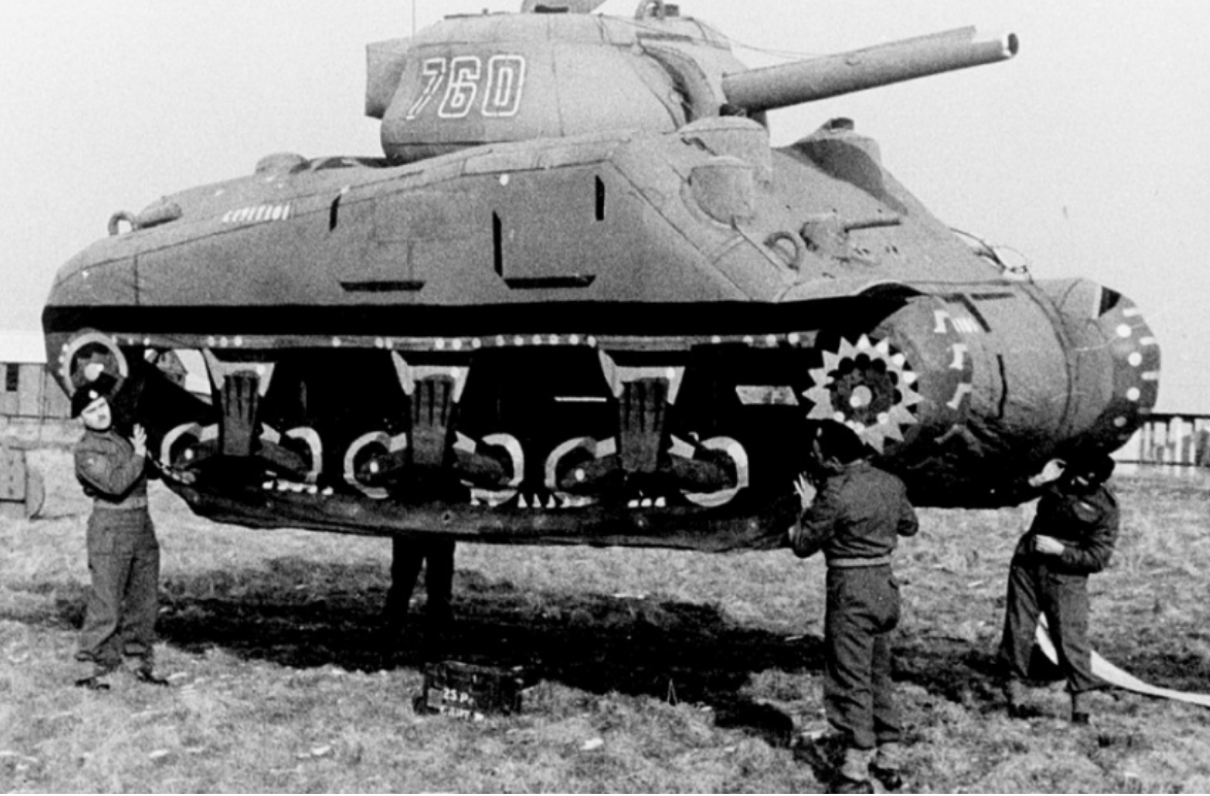This article by Courtney Maebus-Brown originally appeared on Military Times, the nation's largest independent newsroom dedicated to covering the military and veteran community.
Regret retiring? Here’s your shot at a second chance in the Air Force.
The service announced Wednesday that it will reopen a recall program to fill as many as 1,000 mid-career commissioned and enlisted jobs, including pilots, combat systems officers, recruiters, air traffic controllers and more. The move comes as the Air Force looks to plug critical staffing holes, facing renewed tensions in the Middle East and possibility of conflict with China.
The application window for the Voluntary Retired Return to Service Program opens Thursday, the Air Force said in a release. Applications must be submitted by Jan. 31, 2026, to serve on active duty for no more than 48 months. Those selected can expect to return to uniform between four and six months after they apply.
“The VRRAD program is a strategic enabler to embrace experienced talent, tapping into a valuable resource of retired members to fill critical roles to close the gap against our peer competitors,” Lt. Gen. Caroline Miller, the service’s uniformed personnel chief, said in a release.
[RELATED: Air Force Eyes Bringing Back Warrant Officers After Decades-Long Absence]
The program is limited to commissioned officers who held the rank of captain through lieutenant colonel, as well as former enlisted staff sergeants through senior master sergeants. Retirees who served in the medical, legal and chaplain corps — known as “non-line” officers — are ineligible to return.
While anyone who is eligible may apply, regardless of the job they held while in uniform, the Air Force is focusing on bringing back a range of commissioned roles, from pilots and combat systems officers to cyber specialists, contracting officers and more. The service also wants to staff up its enlisted corps in fields like recruiting, air traffic control, security forces, health care and others.
A briefing about the program circulated on social media Tuesday added that airmen who return under the VRRAD program are ineligible for aviation bonuses, and will only deploy unless they volunteer or are assigned to a combat unit. They must also meet performance standards, including physical fitness requirements, and could also be subject to a permanent change of station. They are ineligible to extend their service, or to sign up for the Skillbridge job-transition program.
Retirement benefits will cease the day before a retiree reactivates. Formerly enlisted personnel must not be medically retired, or have retired in the face of administrative or adverse actions, including pending court-martials, be under age 60 and able to receive a security clearance meeting requirements of the position. Commissioned officers must meet similar requirements, and must not have retired because of selective early retirement. Pilots seeking re-entry must have been certified on an Air Force aircraft within the last decade, Master Sgt. Deana Heitzman, and Air Force spokesperson, said.
[RELATED: Navy Personnel Boss: Ending Diploma Requirement Brings ‘Minimal’ Risk]
The Air Force last reopened active duty jobs to former airmen from 2017 through 2021. In 2017, an executive order issued by then-President Donald Trump sought to bring back as many as 1,000 pilots as the the service struggled to compete with commercial airlines.
The program was expanded in 2018 during a 2,000-pilot shortfall. In 2019, Air Force Times found that the program had received only 125 applicants, 50 of whom were pilots.
Inviting retired airmen back into the fray is another lever the Air Force has opted to pull to rebalance its workforce as recruitment slows and operational demands continue to rise. The service has also offered a slew of incentives to keep the current force in uniform, from retention bonuses to basing flexibility.
Other articles by Military Times:
Marine Corps vows to inspect every single barracks ‘wall to wall’
US Army spent billions on a new helicopter that now will never fly
Navy ‘urgently’ needs to fix new Hawaii water issues, lawmaker says


